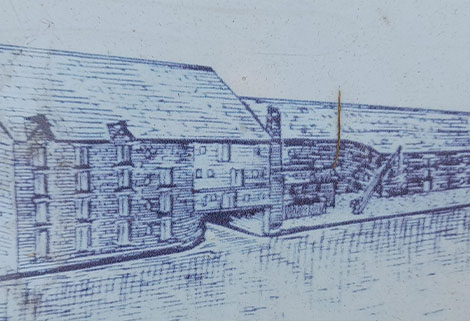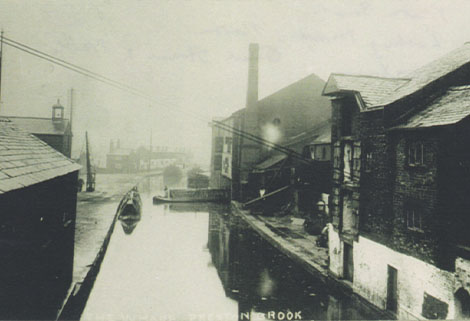dawntreader
becomes a command vessel during Covid 19
If there is one thing I have learned (being an 80s child) which has been highlighted by this pandemic is that people have an intrinsic fear of the unknown. They like to build a strong castle and stare out via social media through their own little arrow slits at an ever-changing landscape but with a feeling of safety and security. I throw this in because looking at social media it would appear that some people possibly spend far too long or worse become obsessed with boat ownership, striving for perfection that cannot be reached but feeling safe and secure each weekend in familiar surroundings.
Ok where is this psychology lesson leading us? We all need different challenges in life and different interests. One of mine has always been motorbikes. So we need a way of combining boating and motorcycles, but first we need to sort out Dawntreader's interior as cheaply and quickly as possible because now when I do go there at 6 o'clock on a Friday night I won't be leaving until Monday morning. Nor can I leave the boat for more than say 20 minutes during that time.
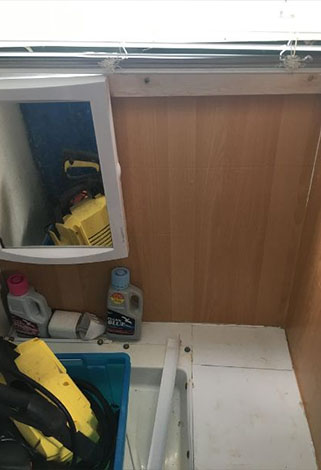 On with the show.
On with the show.
I am bored of painting and luckily stumbled on vinyl sheeting (sticky back plastic to you and I). It has transformed the interior: glue on some angle plastic here and there and the boat suddenly looks almost new.
It comes in a vast array of colours and styles but I have gone for oak, plain white and pine.
Top tip is to use an old hair dryer to warm it up and using the special felt squeegee tool keep working out the air bubbles.
It’s so good, so cheap and so instant that you soon get hooked on it.
To the point I have completely remodelled the shower in pine effect over the old tiles for less than 20 quid.
One issue with boats is that we have leftovers from DIY projects at home and start using them on board and nothing matches or blends in. Covering my cheap hard board bunk sides with Wood effect sticky back plastic has hidden some real sins and is waterproof to boot. The effect has knocked 20 years off the age of the boat.
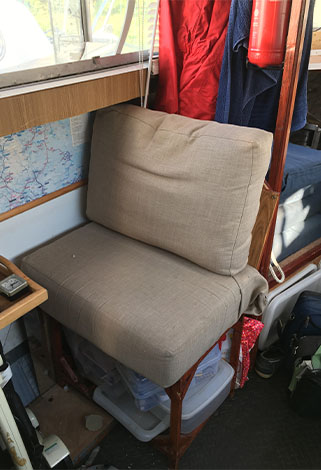 Now I need somewhere really comfy to sit and doze during the day, for this idea of combining motorbikes and boating will mean that on occasion I will still be up at three am.
Now I need somewhere really comfy to sit and doze during the day, for this idea of combining motorbikes and boating will mean that on occasion I will still be up at three am.
My chairs that I built to recline into a day bed have been perfect for this but needed extra cushions, so I bought Mrs W a new sofa for forty quid and took the cushions from our old one. A bread knife trims the foam to the exact size and the old Singer hand sewing machine deals with the rest.
Around the front window was finally sorted by using cheap tongue and groove stuck on with resin adhesive and given plenty of coats of varnish to stop it warping.
Why am I doing all of this? Because I am going to be staring at it for 48 hrs on end, and for once I am doing it to make me feel better and not to please or impress someone else. I finished it off with some cheap plastic trim.
I need a desk or table to work from and the fold down cockpit picnic table has been ideal, stowing easily out of the way and can be moved about – this is so often overlooked when thinking about interiors. I can take those folding bunk frames I made out into the cockpit and put my feet up, making an endless combination of seating as required. Rather than the static 4 -seater that takes up a third of an interior and no one is really comfy eating off.
Next, I need enough power for lap top, phone etc.
I have read reams on this with cleaver sine wave invertors etc., yeah I haven’t got time.
So some cheapish battery packs , enough to last a weekend, and I'm ready to go.
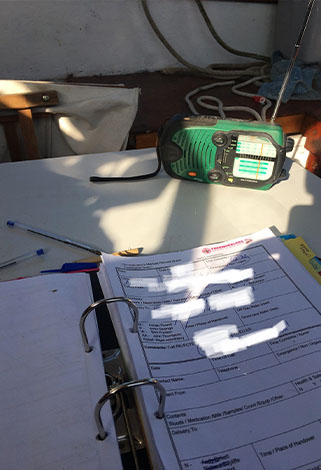
Then decent lighting: a leading internet seller had some plug-in map lights for cars going cheap - I suppose sat-navs have made them redundant - so I snapped them up.
They can be plugged into a variety of cigarette lighter sockets around the boat, giving me ample movable spot lamps depending on where I am on board.
Ok, so what am I doing with motorbikes and boats?
I am a Blood Bike volunteer and on the weekends that I am acting as Co Ordinator, I lock myself on DT and respond to 60 odd calls for help from hospitals all around Somerset on a 24 hour basis.
Dt has been an ideal base for this , it's out the way, has a good phone signal, and doesn’t wake Mrs W up at 3 am!
It makes me use the boat in a completely different way, which means you think about what you need in a completely different way and where you need it - even stupid things like hand grips by the door as you hurtle through to answer an emergency phone call or a simple master switch by the bunk side to hit the lights when trying to record who where and what at silly o’clock.
And finally, when the sheer chaos and exhilaration of a busy weekend is over there is a stronger connection between boat and owner, as you feel you have been on a long voyage and the boat provided the comforting factor of a known and safe world.

Postscript:
I have been busy both on board and with Blood bikes during the pandemic. Someone thought it would be a good idea to offer 24/7 cover in Somerset (which is a big county!). Anyway I have spent many a weekend confined to the boat with maps etc., organising everything from COVID samples to emergency medication. We did win the Queen's Medal for Voluntary Service though and DT has become a command vessel - which suits her "Action Stations - this is not a drill" kind of thing, especially at 3 in the morning!

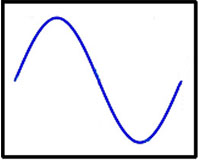




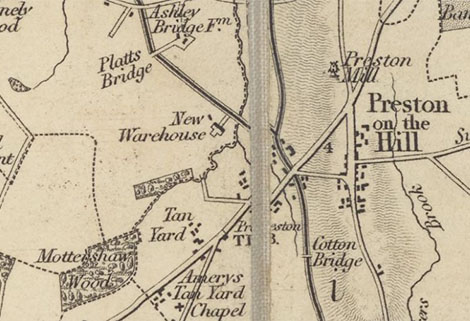 Preston on the Hill, as it was then known, was a small hamlet of no particular importance sat by the old Roman road to Chester, and it was catapulted into activity in the middle of the 18th century with the coming of the canals and the joining of the Trent and Mersey and Bridgewater canals deep under the soil in the middle of a tunnel.
Preston on the Hill, as it was then known, was a small hamlet of no particular importance sat by the old Roman road to Chester, and it was catapulted into activity in the middle of the 18th century with the coming of the canals and the joining of the Trent and Mersey and Bridgewater canals deep under the soil in the middle of a tunnel.